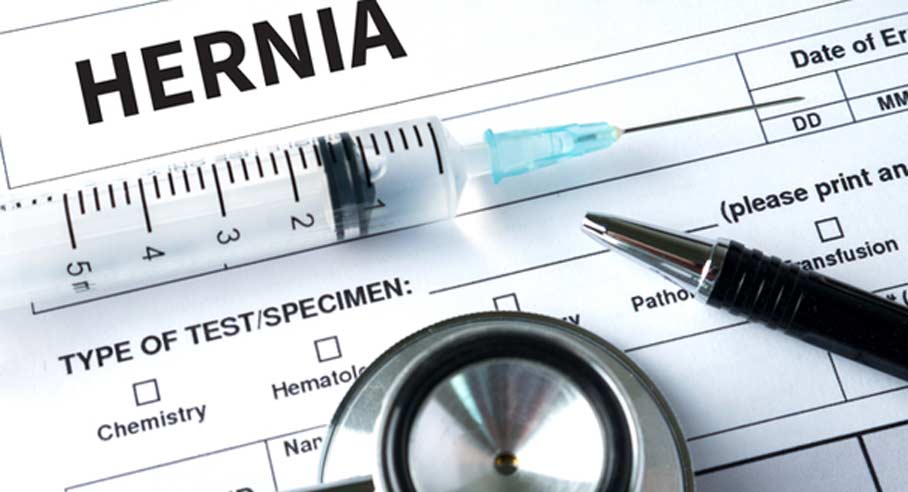Epigastric Hernia

When you’ve been diagnosed with any type of hernia, this means that a hole has formed at some point within your abdominal wall.
These holes typically develop because the surrounding muscles have weakened for some reason. Some hernias can cause only mild symptoms, while other hernia types can create severe symptoms and complications that might be life-threatening. In the case of an epigastric hernia, this is a hernia type that occurs right below the sternum area in the center of your chest and a little above the belly button.
Understanding more about an epigastric hernia should help you identify when it’s time to seek treatment for the condition.
What Does an Epigastric Hernia Refer To?
An epigastric hernia is located within the epigastric area of your abdominal wall. When this hernia occurs, tissues will protrude through your abdominal muscle, which can create pain and a variety of additional symptoms. This hernia is common in both children and adults. Mild cases of an epigastric hernia may never result in symptoms because only the abdominal cavity lining is protruding. However, severe cases of this hernia can lead to an organ being pushed through the hole in your abdominal wall, which would certainly require surgery to correct.
Possible Causes of This Hernia
This type of hernia is typically present at the affected child’s birth if portions of the abdominal wall have not developed properly. It’s also possible that the abdominal tissue did not close like it was supposed to during the development of the fetus. Pressure placed in the epigastric region of the body can also heighten the risk of suffering from this condition. Some risk factors that increase your chances of being affected by an epigastric hernia include fits of coughing, strenuous physical labor, obesity, playing intensive sports, and heavy lifting.


Symptoms and Potential Complications
In most cases, the only notable symptoms of an epigastric hernia will be the presence of a somewhat large bump between your belly button and sternum. The size of the bump depends on how much fat or tissues have pushed through the abdominal wall. It’s possible that the bump will be so small that it doesn’t show up unless you’re coughing or sneezing. There are also times when the bump will become larger in size. Severe types of this hernia can cause pain and discomfort in the abdomen. If vomiting or a fever develops, treatment should be sought immediately.
Treatment Options to Consider
While some cases of an epigastric hernia will be so mild that they don’t require treatment, all other cases can only be corrected with a surgical procedure. If you notice any of your symptoms worsening, you should schedule surgery as soon as possible. If surgery is necessary for your epigastric hernia, you’ll be provided with a dose of anesthesia before the procedure begins. Many surgical procedures for this type of hernia involve a simple laparoscopy, which uses minimal incisions. The incisions will likely be closed with sutures.

